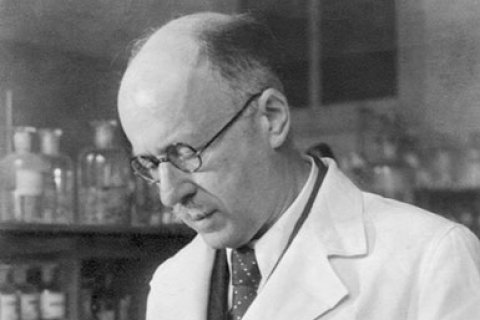Leopold Stephan Ruzicka

'Prof. L. Ruzicka is to leave Utrecht' read the headline of the newspaper the Utrechts Dagblad on 24 June 1929: 'Losing this scientist, who is one of the greatest minds in the field of organic chemistry, means a great loss for Utrecht and for our country. In the area of scents he is world-famous, one of his greatest discoveries being the synthetic production of musk'.
In 1926 Ruzicka was drawn to Utrecht University by the scientific level of the chemistry research at the university. He was mainly interested in organic chemistry, which had developed into one of the most important fields of natural science. Like many others hoping to find the scientific principles of life, Ruzika built on the theory of the spatial positioning of atoms as it had been developed by that other Nobel Prize winner from Utrecht, Van 't Hoff.
Ruzicka studied the atomic structure of, among other things, camphor, amino acids and higher terpene compounds. He discovered that muskone and civetone - the odours in musk and civet - contained only one ring of carbon atoms and that this ring consisted of more atoms than had ever been deemed possible before.
He was awarded the Nobel Prize in 1939 but could not collect his medal and certificate until after the Second World War.

